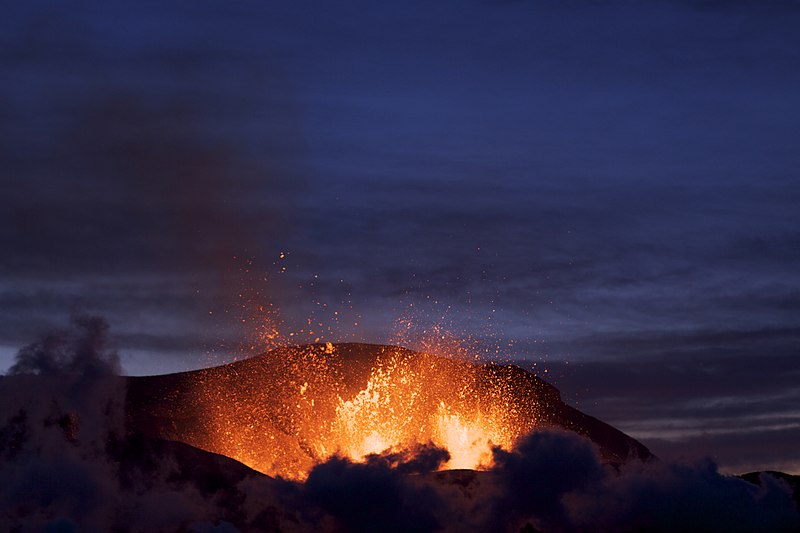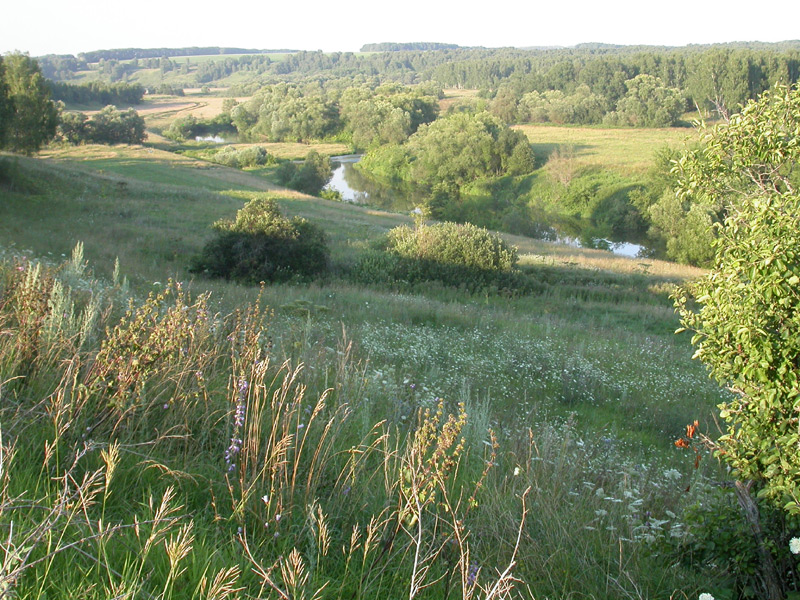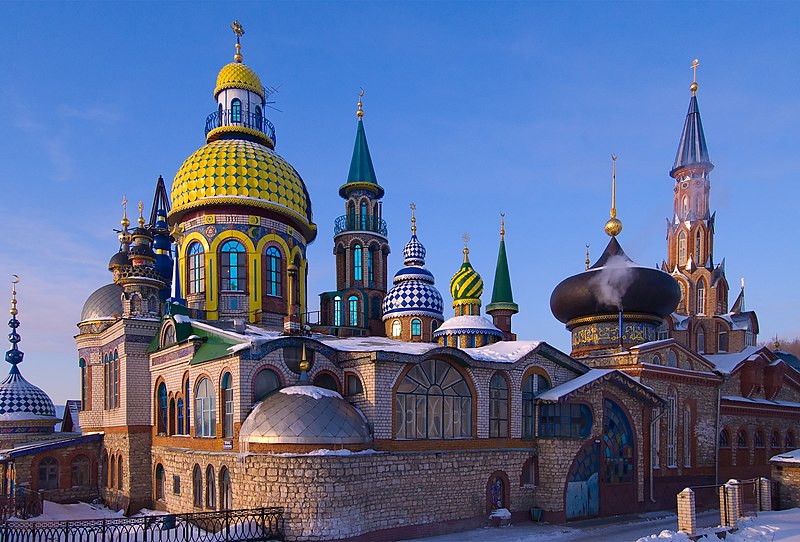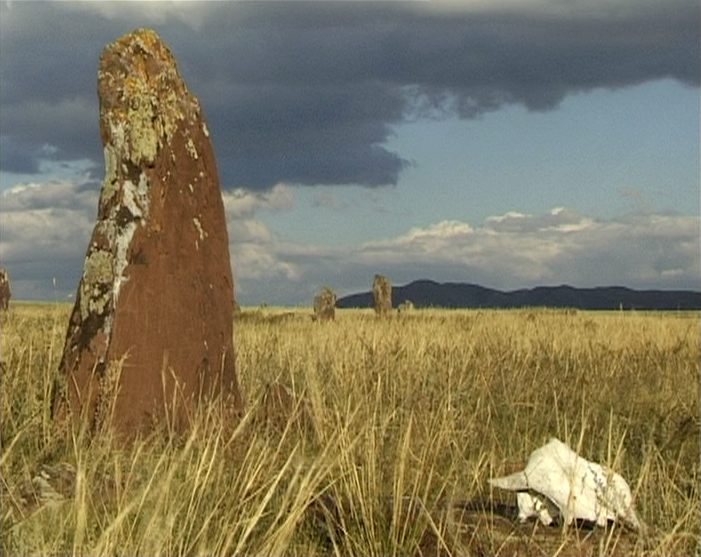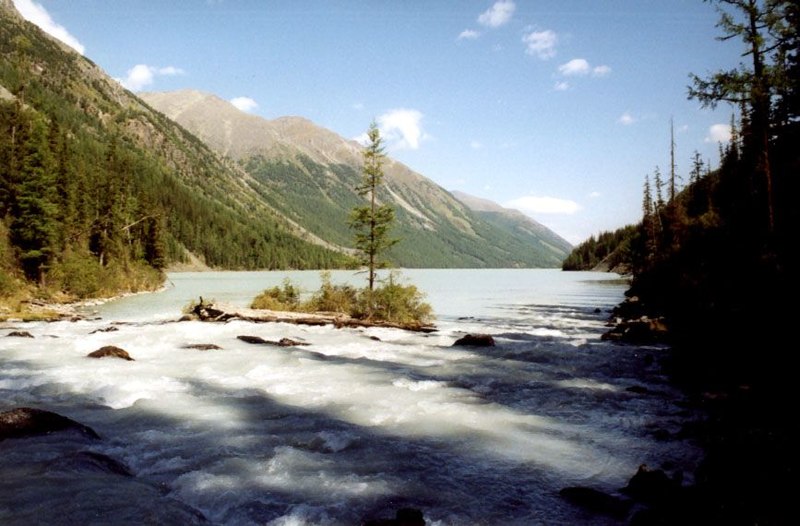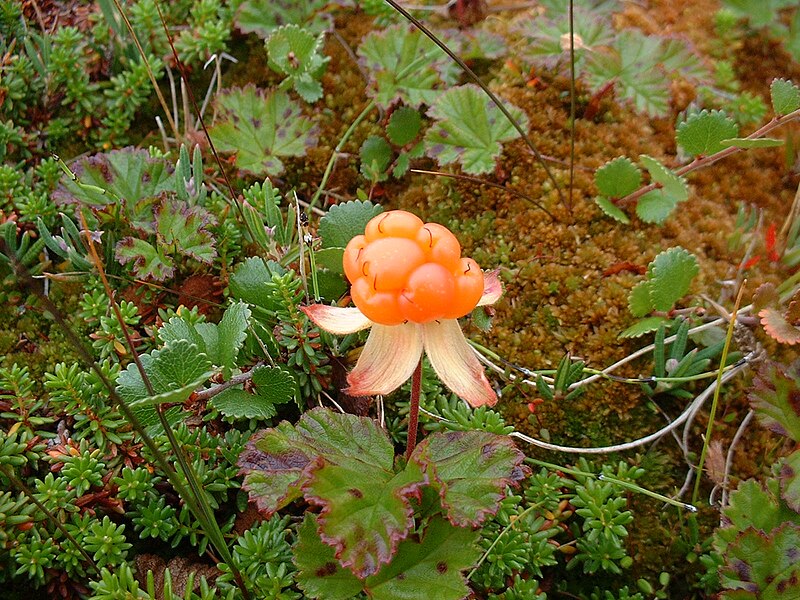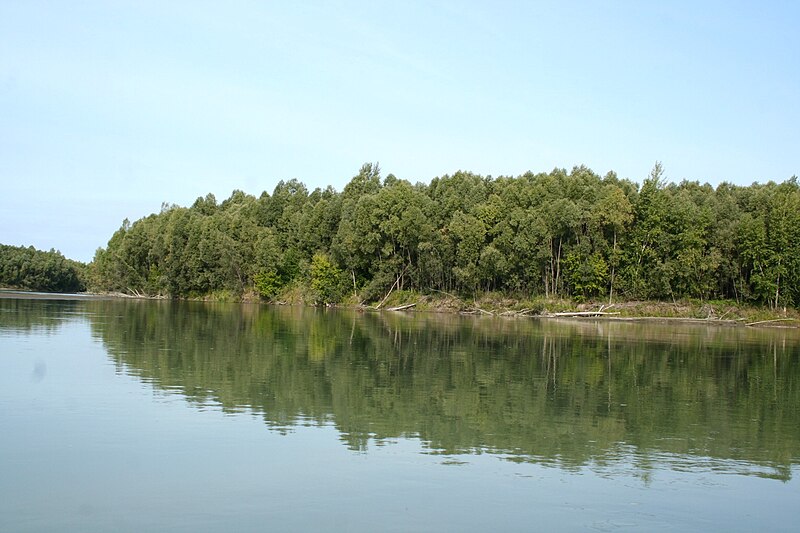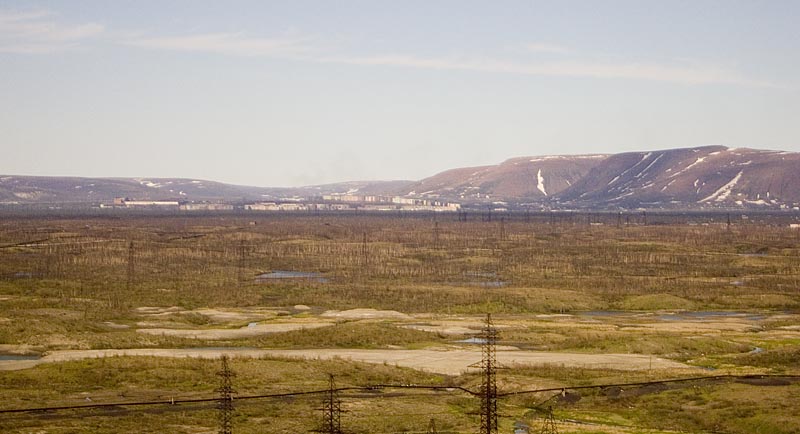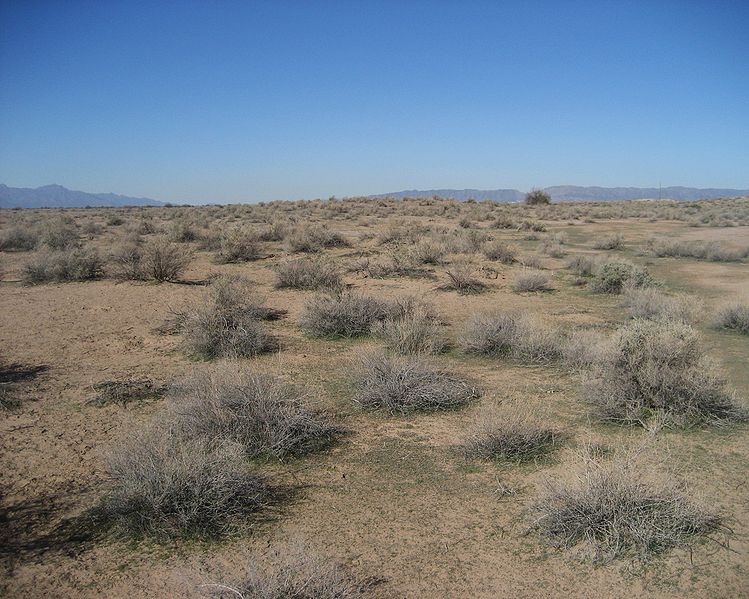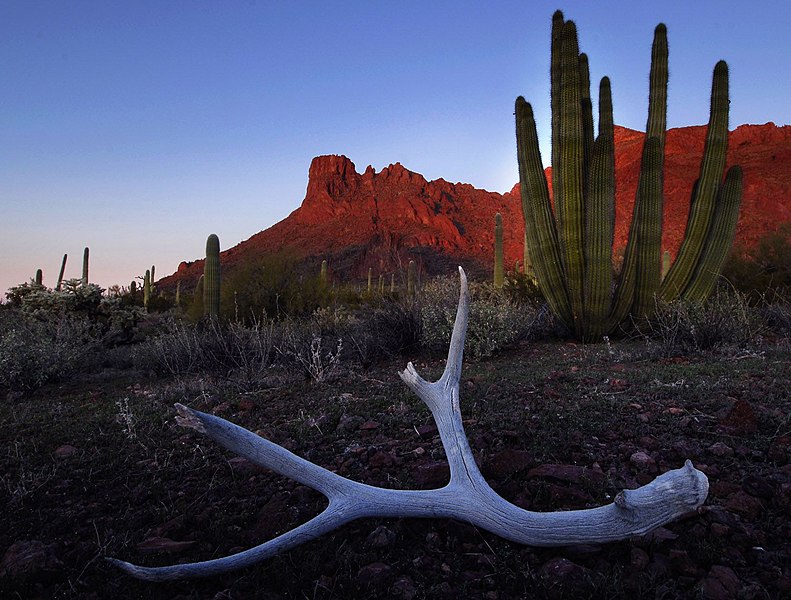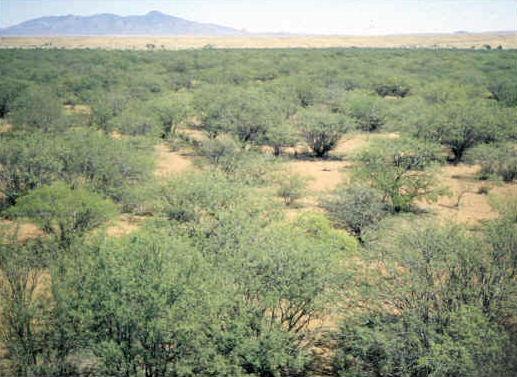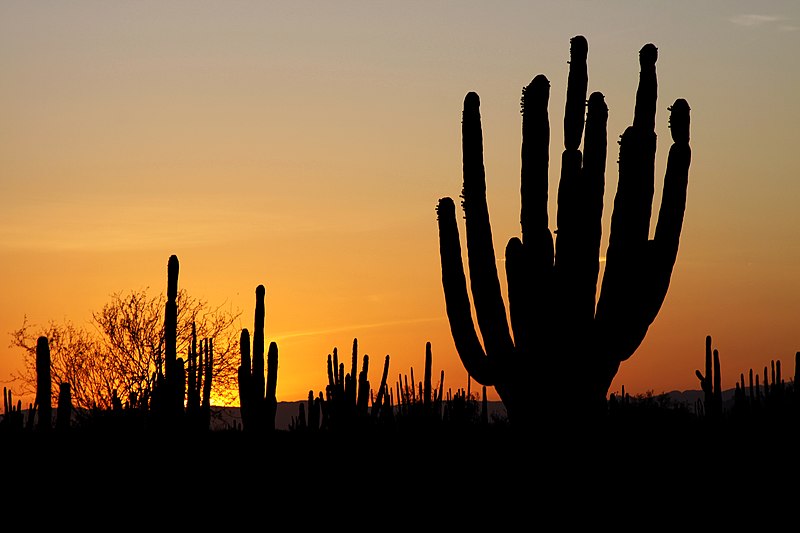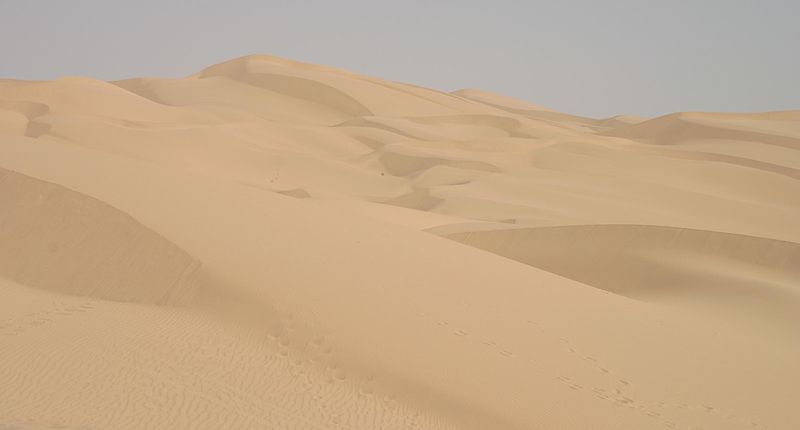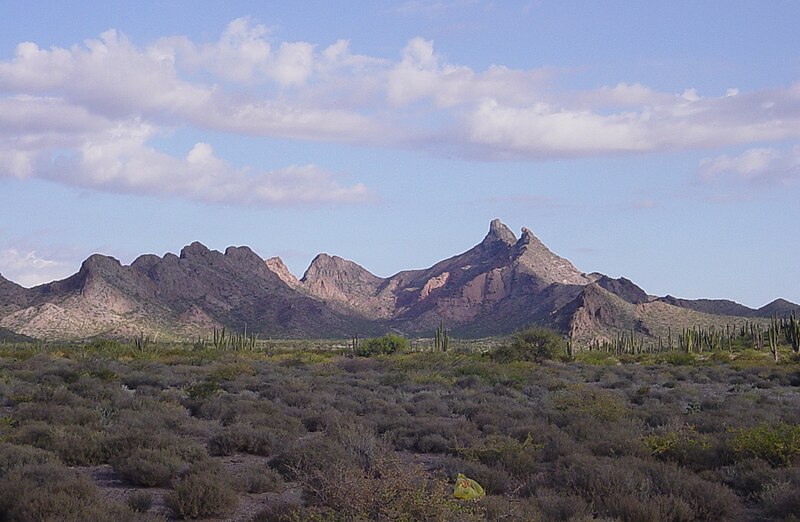Originally Posted: Saturday, October 29, 2011
Reason I choose it to be in the top five:
"Iceland possesses a spooky and otherworldly quality. It's awe inspiring majesty can be described as nothing less than the great Viking vision of Valhalla."
ORIGINAL ARTICLE:

Skáleyjar á Breiðafirði, photo by Salvor Gissurardóttir, june 2006 coastline on the road from the landing place to the farm.
As I gathered these pictures of Iceland, I was truly blown away by the beauty of this place. Of all the countries and places I have covered so far I think this batch of pictures is the best.
Iceland is a small country. It only has 300,000 people, most of Viking descent. The island is cold, but not as cold as other places of the same latitude, why, if not for the Atlantic Gulf stream it would be frozen and barren.
Several animals have become distinct after hundreds of years of isolation in Iceland. There is a specific type of horse, sheep and dog unique to Iceland due to isolation.
Iceland is very volcanic. The center of the country is harsher than the coast and is colder and drier. Iceland is somewhat isolated but enjoys an extremely high standard of living. Icelander's on average are some of the longest lived (3rd overall and 1st in the world for men) and wealthiest people on the planet.

Flatey Thorp, 27 August 2004Photo: Kolbrún Ragna
Hvammsfjördur in Iceland 2005

Breiðafjörður, Iceland By: Reykholt 13:21, 25 May 2004 (UTC)
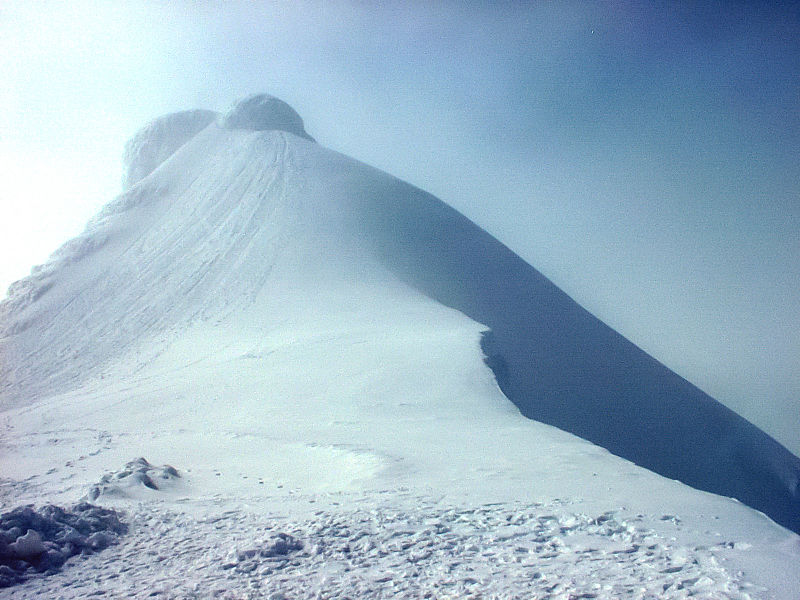
Snaefellsnes Snaefellsjökull Summit. 29 May 2003 --Jutta234
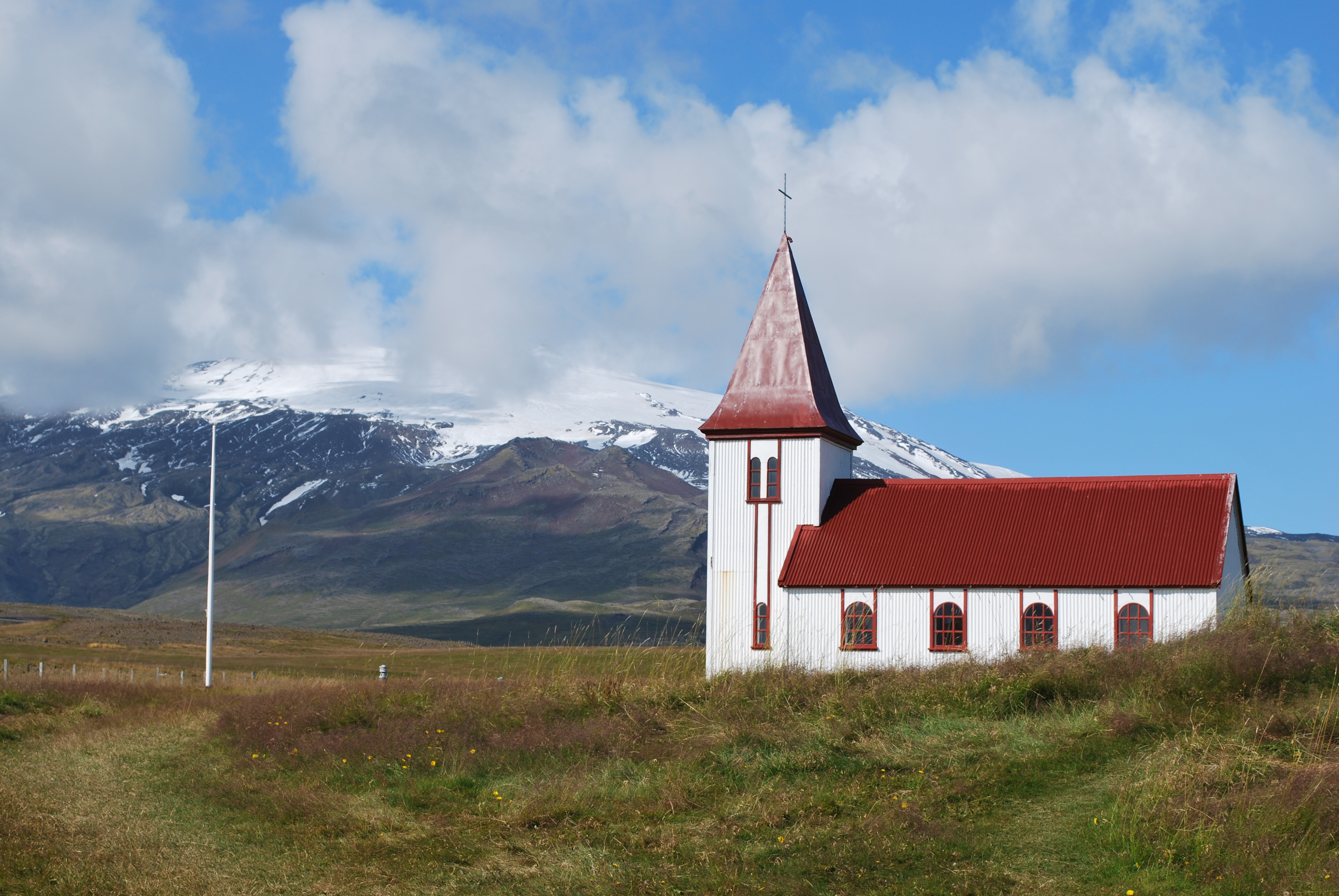
Church in Hellnar village with Snaefellsjökull volcano, Iceland. Chmee2/Valtameri

An Icelandic horse near Krýsuvík. Andreas Tille
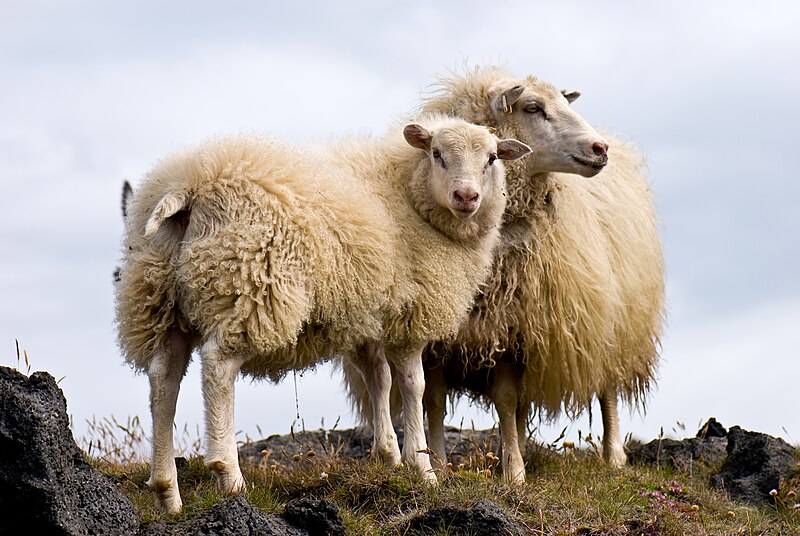
Icelandic Sheep, Photo: Thomas Quine 26 July 2007

An Icelandic sheepdog, Photo: Arni Einarsson.

Sudureyri, Iceland, June 2008. Photo: Brad Weber.

Isafjordur (Ísafjörður) January 2006 Photograph: Aron Ingi Ólason

Víti, the geothermal lake at the Askja caldera, Iceland. August 1, 2010. Photo: Boaworm

Askja caldera 1991. Photo: Wolfgang Beyer.

Reykjavik, Iceland. View from the top of Perlan showing the spire of Hallgrímskirkja. 13 July 2011, Srikanth Jandhyala.

Drangajökull glacier in the Westfjords region in Iceland. August 2000. Photo: AgainErick

If you need a wide open space, Þórisjökull (Thorisjokull) is the place for you. 3-18-2007 Photo: Bromr

Kjölur, the central highland desert of Iceland. Photo: Algkalv. 18 July 2009

Cliff near Latrabjarg, Iceland. June 2008. Photo: Progresschrome

Westfjords, June 2008 Photo: Brad Weber.

Bridge over Jökulsá á Breiðamerkursandi at Jökulsárlón, Iceland. 26 July 2009 Photo: superbass

Ice block at beach near Jökulsárlón, Iceland. 11 February 2003 Photo: Andreas Tille

Eyjafjallajökull glacier, taken from the Iceland Ring Road, during a trip on 29 August 2009. Photo: Remy Osman.
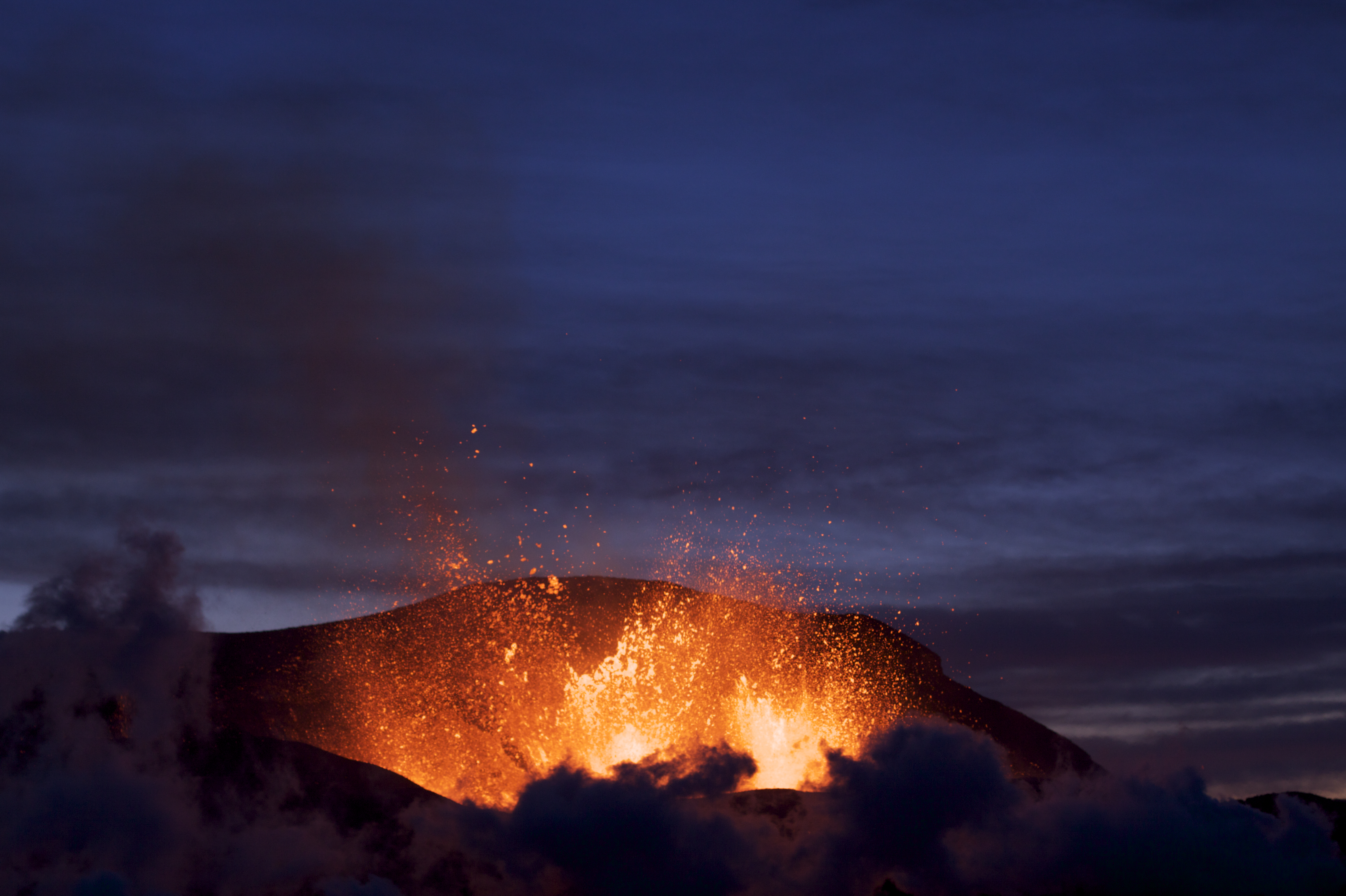
The mighty, beautiful and infamous E15 or Eyjafjallajökull. Photo: Boaworm 27 March 2010.

Thermalgebiet in Hveravellir. 1 July 1988 Photo: Christian Bickel.
Norðfjörður Photo: ericoides August 2008

